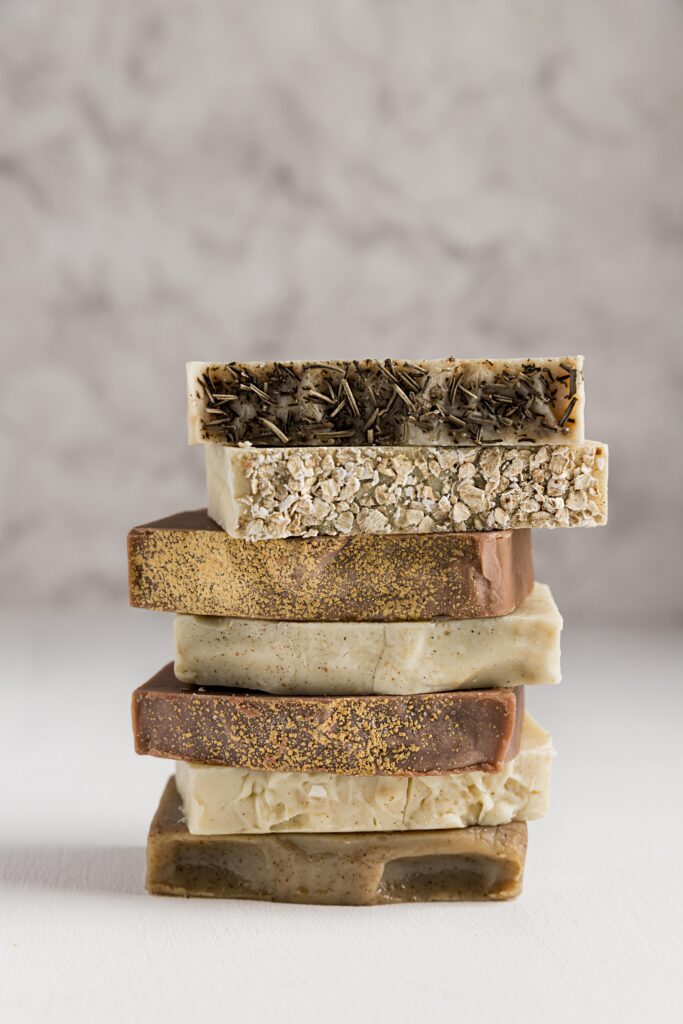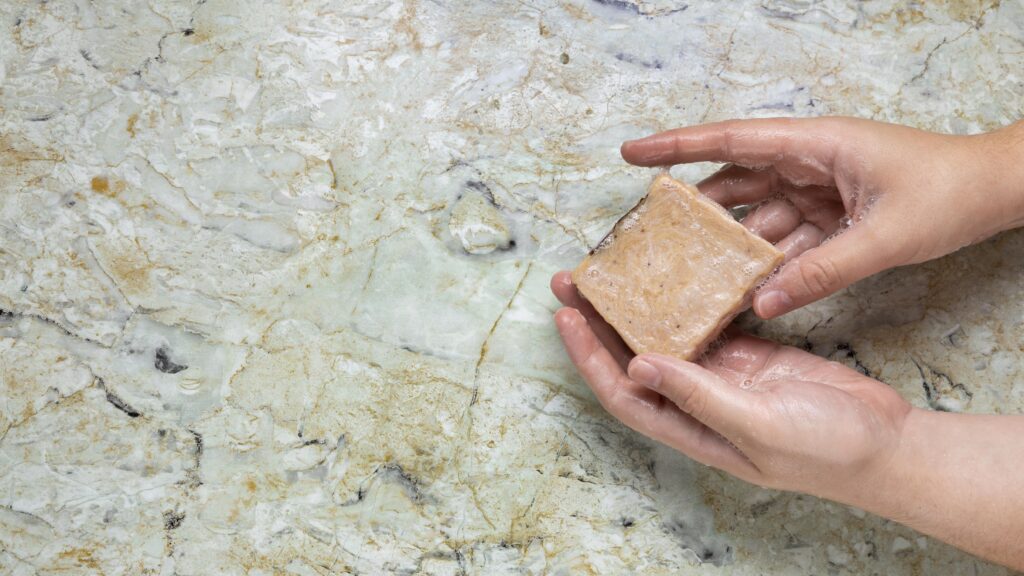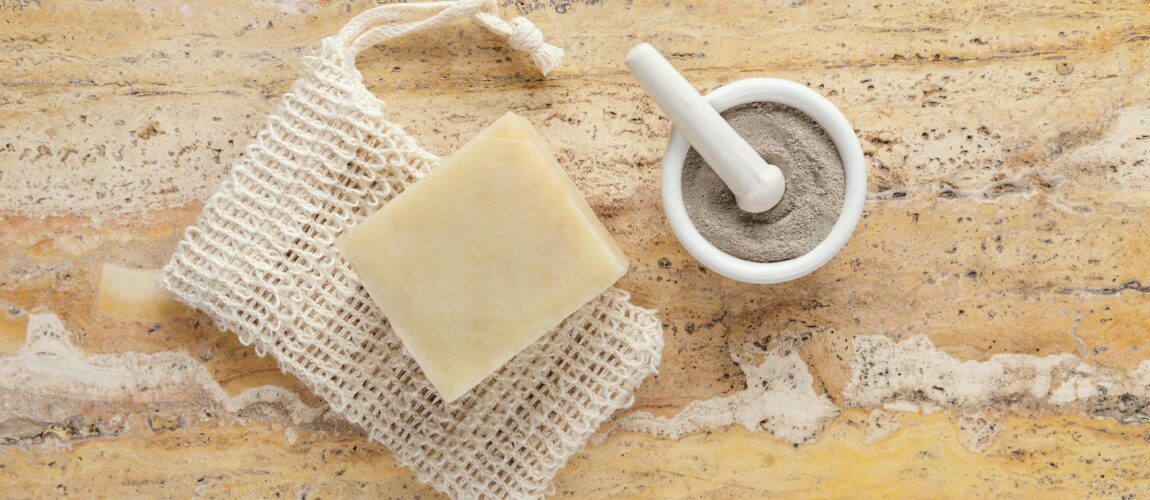Are Mexican sopes gluten-free? It’s a question that many with dietary restrictions or preferences often ponder.
With the increasing awareness of gluten-related issues, knowing about traditional dishes like sopes becomes crucial for those seeking gluten-free options.
In short, yes, Mexican sopes can be made gluten-free. By substituting wheat flour with alternatives like cornmeal or gluten-free flour blends, you can enjoy this savory dish without worrying about gluten.
In this article, we delve deeper into the ingredients, cooking techniques, and popular variations of gluten-free Mexican sopes.
Here how to eat huaraches?
Curious to explore delicious gluten-free Mexican recipes? Join us as we unravel the secrets of crafting delectable sopes that cater to diverse dietary needs.
Let’s embark on a flavorful journey that celebrates Mexican cuisine while accommodating gluten-sensitive individuals, guided by insights from renowned culinary experts in Mexican cuisine.
What is gluten free soap?
Gluten-free soap refers to a type of soap that does not contain gluten, a protein found in wheat, barley, and rye.
This is primarily important for individuals with celiac disease or gluten sensitivity, as gluten exposure can trigger adverse reactions in these individuals, such as digestive issues, skin problems, or neurological symptoms.
For a soap to be labeled as gluten-free, it must be formulated without any gluten-containing ingredients or derivatives.

Common ingredients to avoid in gluten-free soap include wheat germ oil, hydrolyzed wheat protein, and barley extract.
Instead, manufacturers use alternative ingredients that are free from gluten, such as plant-based oils, coconut derivatives, and synthetic detergents.
Although the risk of gluten exposure from topical products like soap is generally low compared to ingesting gluten, some individuals prefer to use gluten-free soap as a precautionary measure to avoid any potential reactions.
Overall, gluten-free soap provides a safe and suitable option for those with gluten-related conditions to maintain their skincare routines without concerns about gluten exposure.
Are mexican sopes gluten free?
Traditional Mexican sopes are typically not gluten-free as they are made from masa harina, which is a type of corn flour.
However, it’s essential to note that gluten-free variations of sopes can be made by using gluten-free flours like corn flour labeled as gluten-free.
Additionally, other ingredients in the sopes, such as meats, vegetables, and cheeses, are naturally gluten-free.
To ensure that Mexican sopes are gluten-free, it’s crucial to use certified gluten-free corn flour and carefully select gluten-free toppings and fillings.
Cross-contamination can occur during preparation if utensils or surfaces that have been in contact with gluten-containing ingredients are used.
Therefore, it’s advisable for individuals with celiac disease or gluten sensitivity to prepare gluten-free sopes in a dedicated gluten-free kitchen or seek out restaurants that offer gluten-free options and follow strict protocols to prevent cross-contamination.
Are Mexican sopes gluten free in USA?
In the USA, the gluten-free status of Mexican sopes can vary depending on where they are made or purchased.
Traditional Mexican sopes are typically made with masa harina, which is naturally gluten-free.
However, cross-contamination is a concern, especially in restaurants or food establishments where gluten-containing ingredients are also used in the kitchen.
To ensure that Mexican sopes in the USA are gluten-free, it’s essential to check with the restaurant or food vendor about their preparation methods and ingredients.
Some restaurants may offer gluten-free options and follow strict protocols to prevent cross-contamination, such as using separate cooking utensils, surfaces, and fryers for gluten-free dishes.
Additionally, individuals with gluten-related conditions like celiac disease should communicate their dietary needs clearly to restaurant staff and inquire about gluten-free certifications or testing protocols for gluten-free menu items.
It’s always recommended to exercise caution and verify the gluten-free status of foods when dining out, including Mexican sopes in the USA.
Are sopes gluten-free?
Sopes can be either gluten-free or contain gluten, depending on the ingredients used in their preparation.
Traditional sopes are made from masa harina, which is a type of corn flour and is naturally gluten-free.
However, if wheat flour or other gluten-containing ingredients are added to the masa dough or used in the toppings, then the sopes would not be gluten-free.

To ensure that sopes are gluten-free, it’s important to use certified gluten-free masa harina or corn flour and carefully select gluten-free toppings such as beans, meats, vegetables, and cheeses.
Cross-contamination during preparation should also be avoided by using separate utensils, cooking surfaces, and fryers for gluten-free dishes.
For individuals with celiac disease or gluten sensitivity, it’s advisable to inquire about the ingredients and preparation methods when dining out or purchasing sopes from a store to ensure they are indeed gluten-free and safe to consume.
What are Mexican sopes made of?
Additionally, when making sopes at home, it’s essential to read labels carefully and choose certified gluten-free ingredients to maintain a gluten-free status.
Many supermarkets now offer a variety of gluten-free flours and products, making it easier for individuals with gluten-related conditions to create gluten-free sopes.
Furthermore, some restaurants and food establishments specialize in gluten-free options and may offer gluten-free sopes on their menu.
These establishments often have dedicated gluten-free kitchens or follow strict protocols to prevent cross-contamination, providing a safe dining option for those with gluten sensitivities.
Overall, while sopes can be made gluten-free by using the right ingredients and following proper preparation techniques, it’s important to be vigilant about checking for gluten-free certifications, asking questions about ingredients, and ensuring a gluten-free environment to accommodate dietary needs
What are sopes made of?
Mexican sopes are traditional dishes made from a base of masa harina, which is a type of corn flour.
The masa harina is mixed with water and sometimes other ingredients like salt or fat to form a thick dough.
This dough is then shaped into small rounds and flattened to create a base, similar to a thick tortilla or a small disc.
Once the base is formed, it is cooked on a griddle or comal until it develops a slightly crispy texture on the outside while remaining soft and doughy on the inside.
The cooked base is then topped with various ingredients such as refried beans, shredded meats like chicken or beef, cheese, lettuce, salsa, sour cream, and avocado.
Here how to eat huaraches.
The toppings can vary widely based on regional preferences and personal taste, but the key components of sopes are the masa harina base and the savory toppings that add flavor and texture to this delicious Mexican dish.
Are sopes gluten free?
Traditional Mexican sopes are typically made from masa harina, which is a type of corn flour.
Since corn is naturally gluten-free, sopes made from traditional masa harina are indeed gluten-free.
However, it’s crucial to note that the gluten-free status of sopes can vary depending on the ingredients used in their preparation.
To ensure that sopes remain gluten-free, it’s important to use certified gluten-free masa harina or corn flour, as some brands may have cross-contamination risks during processing.
Additionally, the toppings and fillings added to sopes should also be gluten-free. Common gluten-free toppings include refried beans, meats like chicken or pork, cheese, vegetables, salsa, and avocado.
Here, what are huaraches food.
For individuals with gluten-related conditions such as celiac disease or gluten sensitivity, it’s advisable to verify the gluten-free status of sopes when dining out or purchasing pre-made sopes to ensure they are safe to consume.
Why you prefer gluten free soap?
Why someone might prefer gluten-free soap. Individuals with celiac disease or gluten sensitivity may prefer gluten-free soap to avoid potential skin reactions.
When gluten-containing ingredients in soap come into contact with the skin, they can cause irritation or discomfort for those who are sensitive to gluten.
Using gluten-free soap can help mitigate this risk and promote skin health.
Moreover, some people prefer gluten-free products as part of a lifestyle choice or wellness regimen.
They may believe that eliminating gluten from their skincare products can contribute to overall well-being, even if they don’t have a specific gluten-related condition.
Additionally, choosing gluten-free soap can align with dietary preferences, especially for individuals who follow strict gluten-free diets and prefer to extend this choice to other aspects of their daily routines.
How to make a gluten free mexican soap at home?
To make a gluten-free Mexican sopé at home, follow these steps:
- Ingredients:
- Gluten-free masa harina (corn flour)
- Water
- Salt (optional)
- Cooking oil (such as vegetable or olive oil)
- Toppings of your choice (e.g., refried beans, shredded chicken or beef, cheese, lettuce, salsa, avocado)
- Prepare the Masa:
- In a mixing bowl, combine the masa harina with water (follow the package instructions for the correct ratio).
- Add a pinch of salt if desired and knead the dough until it’s smooth and pliable.
- Shape the Sopés:
- Divide the dough into small balls and flatten them into thick discs, about 1/4 to 1/2 inch thick.
- Cook the Sopés:
- Heat a non-stick skillet or griddle over medium heat and lightly brush it with oil.
- Cook the sopés for a few minutes on each side until they are cooked through and develop a slightly crispy exterior.
- Add Toppings:
- Once cooked, remove the sopés from the heat and top them with your preferred gluten-free toppings, such as refried beans, meats, cheese, vegetables, salsa, and avocado.
- Serve:
- Serve the gluten-free Mexican sopés immediately while they are still warm and enjoy your homemade gluten-free dish!

Related faq’s
Are restaurant sopes gluten free?
Restaurant sopes may or may not be gluten-free. It depends on the specific restaurant and their preparation methods.
Here, how to make huaraches food.
Some restaurants offer gluten-free options and take measures to prevent cross-contamination, such as using separate cooking utensils and surfaces.
However, other restaurants may use gluten-containing ingredients or have a higher risk of cross-contact, making their sopes not suitable for those with gluten sensitivities.
It’s important for individuals with gluten-related conditions to inquire about gluten-free options, ask about ingredients, and communicate their dietary needs clearly when dining out to ensure a safe and gluten-free meal.
Why is Mexican rice not gluten-free?
Mexican rice is not inherently gluten-free due to the traditional cooking method that involves using chicken broth or stock, which can contain gluten.
Additionally, some recipes may include ingredients like soy sauce or seasoning blends that contain gluten.
Cross-contamination during preparation is also a concern, especially in restaurants where shared utensils or cooking surfaces may come into contact with gluten-containing foods.
To make Mexican rice gluten-free, it’s essential to use gluten-free broth or stock and carefully select gluten-free seasonings and ingredients to avoid any potential gluten exposure.
Conclusion:
Mexican sopes are typically made with masa harina, which is a gluten-free corn flour.
However, cross-contamination can occur during preparation, so it’s essential to confirm with the restaurant or check the packaging for gluten-free certification to ensure they are safe for those with gluten sensitivities.

